Image Archive











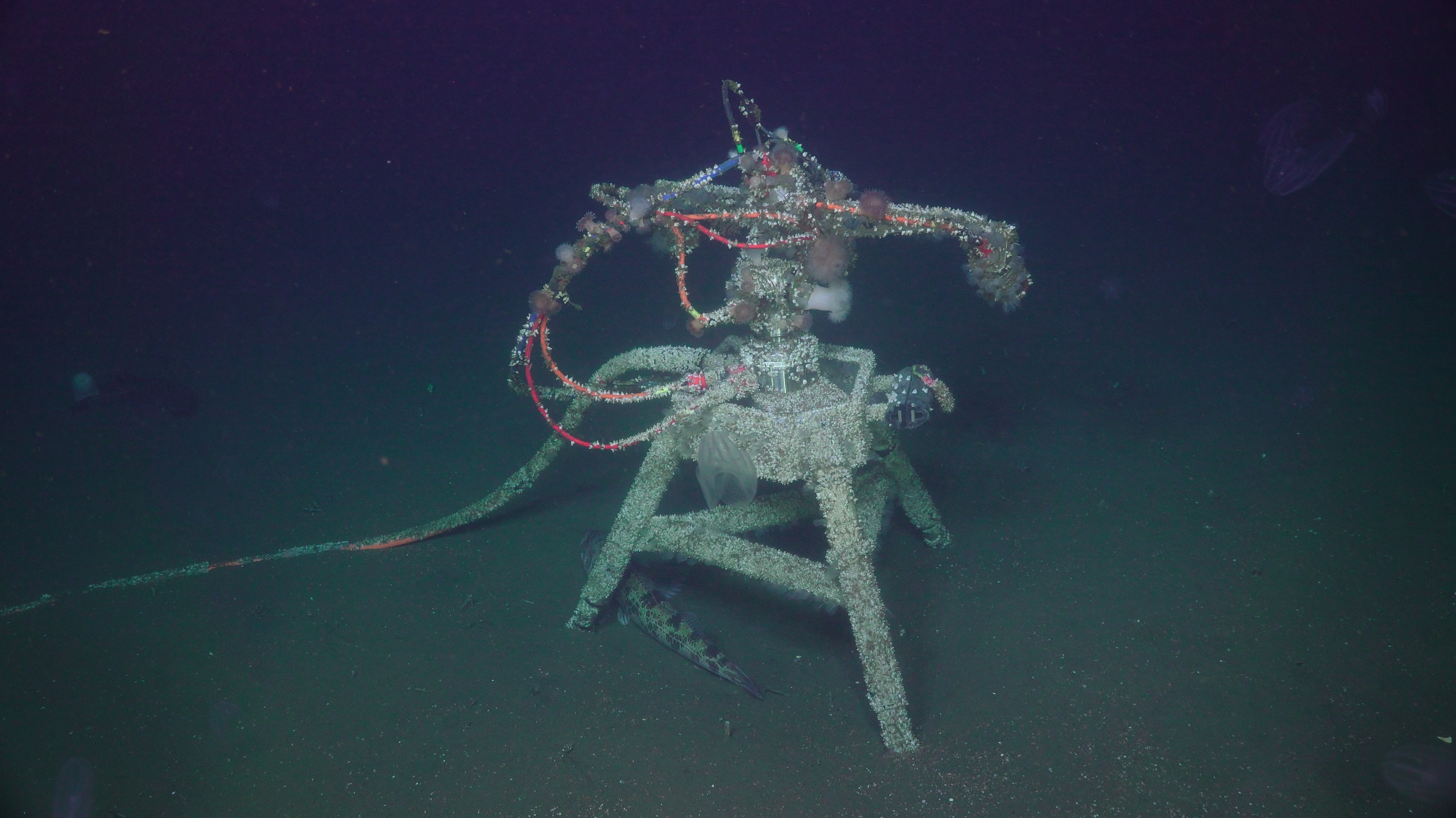









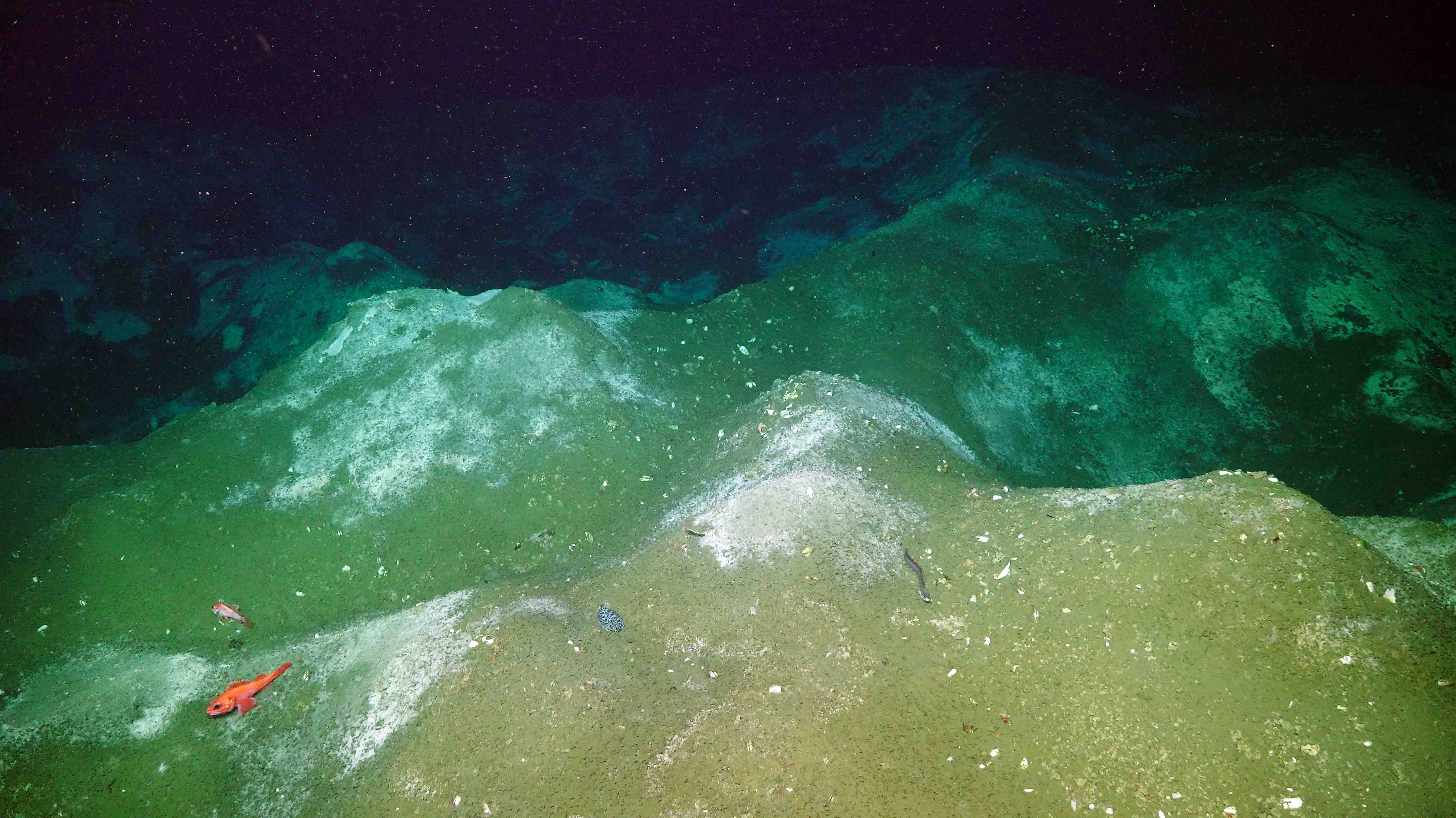
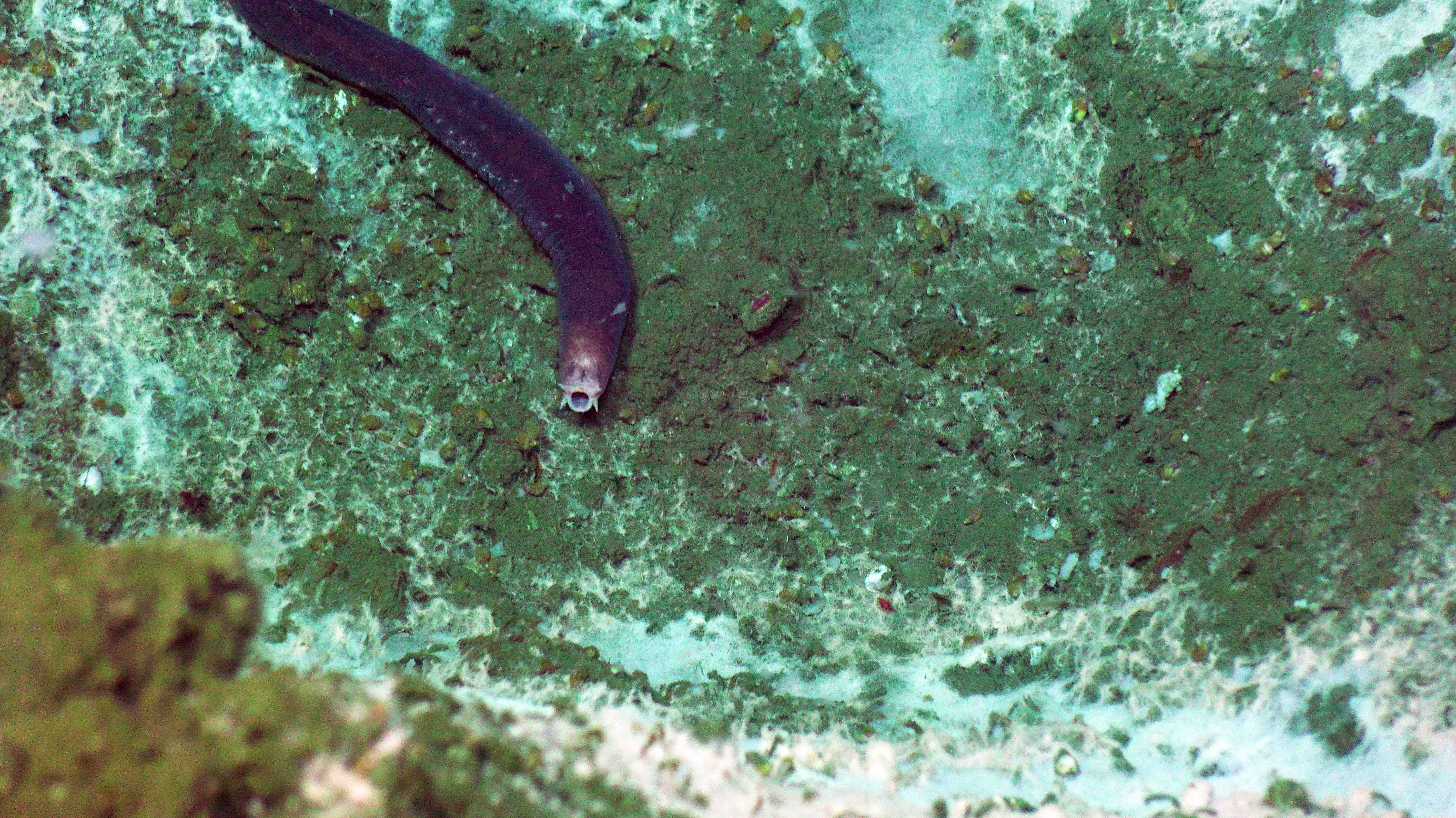


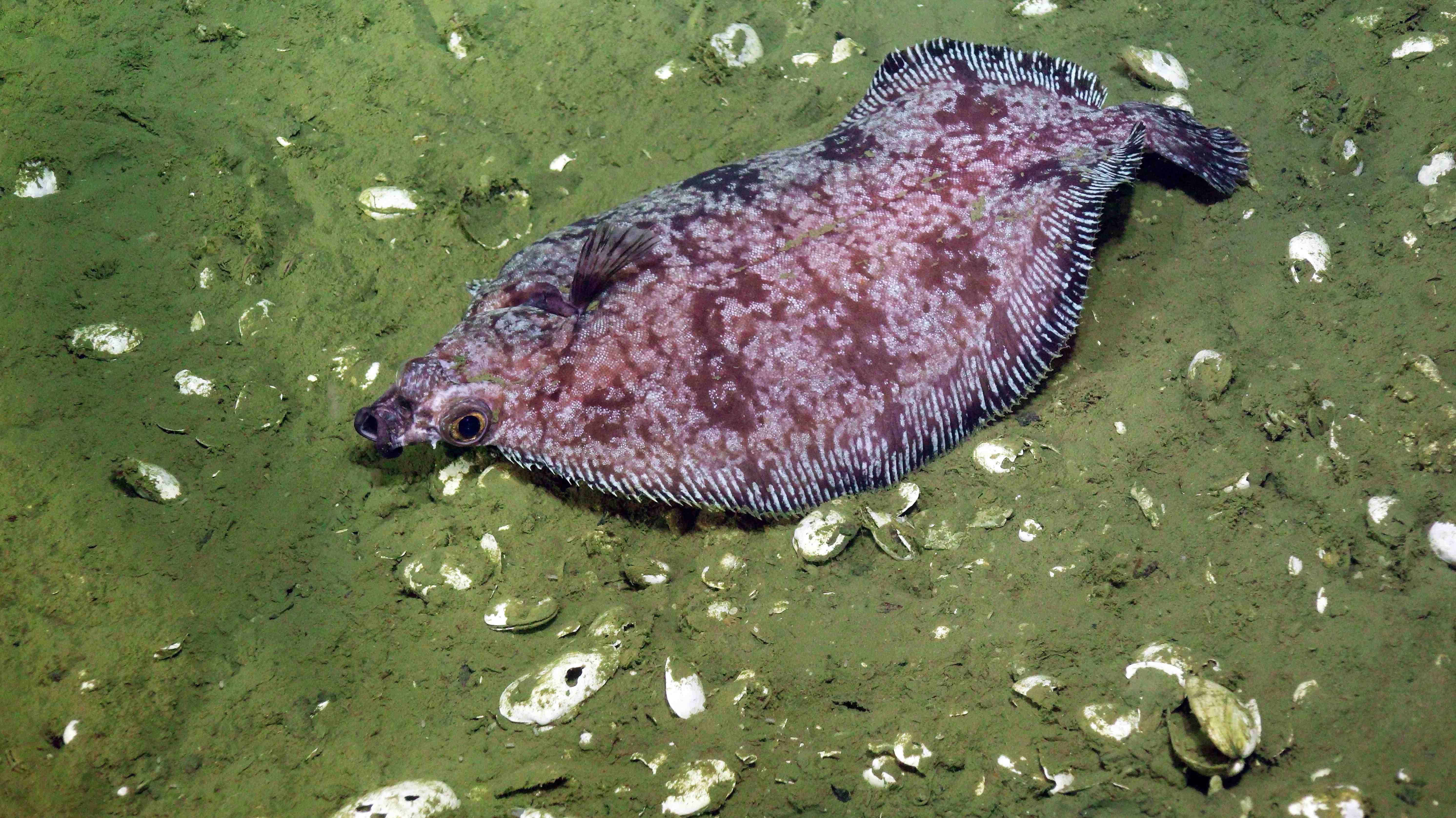

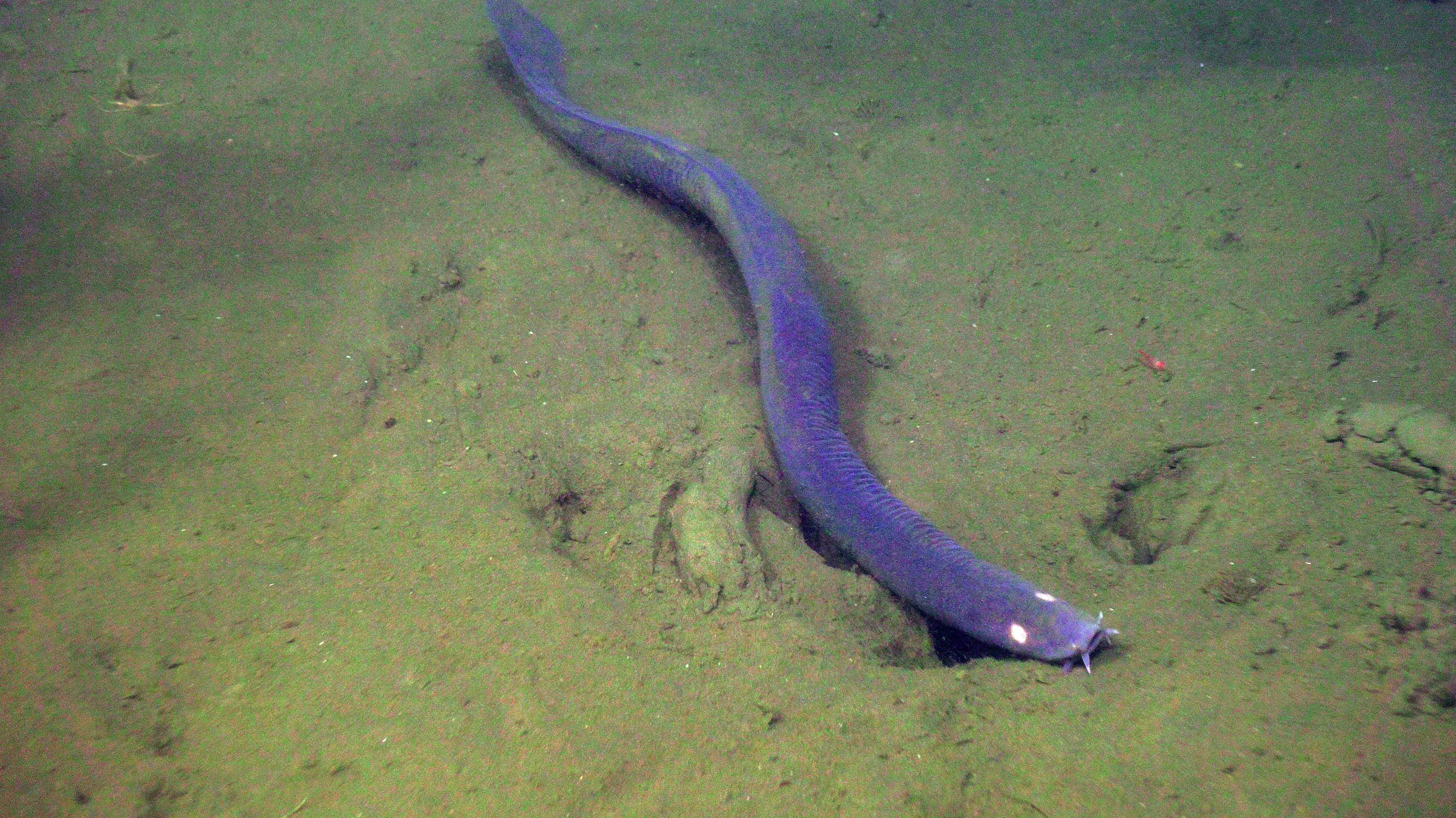

A sole lounges on the sedimented seafloor at Southern Hydrate Ridge. Credit: UW/NSF-OOI/WHOI. V20

A sole lounges on the sedimented seafloor at Southern Hydrate Ridge. Credit: UW/NSF-OOI/WHOI. V20

A cod brushes against the digital still camera at the Oregon Shelf site (80 m). Credit: UW/NSF-OOI/WHOI. V20.

If you look closely within the Benthic Experiment Platform, you will see a lingcod eyeing you. Credit: UW/NSF-OOI/WHOI. V20.

A lingcod brushes against the digital still camera at the Oregon Shelf site (80 m). The camera is covered in anemones and barnacles. Credit: UW/NSF-OOI/WHOI. V20.

A lingcod rests on the side of the digital still camera at the Oregon Shelf site (80 m). Credit: UW/NSF-OOI/WHOI.V20

A sablefish lounges on the zooplankton sonar platform at the Oregon Shelf site (80 m). Credit: UW/NSF-OOI/WHOI. V20.

A blob sculpin (Psychrolutes sp.) aka blobfish, at International District on Axial Seamount during VISIONS'20. Credit: UW/NSF-OOI/WHOI V20.

Lingcod resting on, around, and under the Oregon Shelf hydrophone tripod, which is also covered in barnacles and anemones. Photo Credit: UW/NSF-OOI/WHOI, V19

The Oregon Shelf hydrophone (underwater microphone) apparently became a popular gathering place for fish (lingcod) during the past year. Photo Credit: UW/NSF-OOI/WHOI, V19

A wolf eel swimming alongside the undervator as Jason prepares to recover the Oregon Shelf digital still camera (covered in biofouling). Photo Credit: UW/NSF-OOI/WHOI, V19

A rear view of the anemones, barnacles, and tunicates covering the Oregon Shelf digital camera after a one year deployment. A lingcod fish is hanging out beneath the tripod, and a large number of ctenophores (comb jellies) were also seen at the site. Photo Credit: UW/NSF-OOI/WHOI, V19

The Oregon Shelf digital still camera, covered in barnacles, anemones, and tunicates (sea squirts), and sheltering a large lingcod, following a one-year deployment. Photo Credit: UW/NSF-OOI/WHOI, V19

Fish school around the Oregon Offshore hydrophone (underwater microphone) tripod as it is prepared for recovery in 2019. Photo Credit: UW/NSF-OOI/WHOI, V19

A black cod fish swimming away from the Oregon Offshore BEP as it is prepared for recovery in 2019. Photo Credit: UW/NSF-OOI/WHOI, V19.

A rattail investigating the newly deployed CTD and optical attenuation/absorption tripod at Slope Base. Photo Credit: UW/NSF-OOI/WHOI, V19

Mysterious fish prowling around the Slope Base CTD deployment site. Possibly the snailfish Genioliparis ferox. Photo Credit: UW/NSF-OOI/WHOI, V19.

Mysterious fish, either a rattail or a snailfish, prowling around the Slope Base CTD deployment site. Credit: UW/NSF-OOI/WHOI, V19.

A rattail fish (aka Grenadier) at the Slope Base site, with parasitic copepods attached to its back. Credit: UW/NSF-OOI/WHOI, V19.

A rattail fish swimming near the Axial Base junction boxes during a CTD deployment. Photo credit: UW/NSF-OOI/WHOI; V19

Every year when we are diving in the International District Hydrothermal Field, very large fish, ~ 4 feet! in length come to investigate what we are doing. They swim slowly in the 2.4°C waters. Credit: UW/NSF-OOI/WHOI, V18.

Once again the Smokey Caverns (or Taverns as it is also known) has changed remarkably since we visited it with Jason last year. The area is significantly more rugged, marked by large hummocks. An eelpout, sole, clams and orange rock fish dot the landscape. Credit: UW/NSF-OOI/WHOI, V18.

A hagfish with mouth wide open slithers around the Southern Hydrate Ridge methane seep site. Credit: UW/NSF-OOI/WHOI, V18.

An old Ocean Drilling Program hole serves as a nursery for hagfish and crabs at the summit of Southern Hydrate Ridge. Credit: UW/NSF-OOI/WHOI, V18.

A rattail fish (Grenadier) investigates two pressure sensors at 9500 ft water depth at the sedimented Slope Base site. The one in the background has been equilibrating since 2017 on the seafloor. Venus fly-trap like anenomies have colonized the cables that allow data to flow to shore in real-time, and a feeding sea star is on the dusty, 2014 sensor. Credit: UW/NSF-OOI/WHOI, V18.

A deep sea sole, surrounded by clam shells at Southern Hydrate Ridge (~ 800 m water depth). Credit. UW/NSF-OOI/WHOI, V18.

A deep sea fish hangs out at Slope Base site at 2900 m water depth (~9500 ft). Credit: UW/NSF-OOI/WHOI, V18.

A hagfish hangs out at the Oregon Offshore site. Credit: UW/NSF-OOI/WHOI; V18.
- Anemone
- Animal
- Arthropod
- ASHES
- Axial
- Axial Base
- Axial Biology
- Axial Caldera
- Bacteria
- Basalt Lava
- BEP
- Biofouling
- biolgoy
- Biology
- Camds
- Camera
- Camhd
- Central Caldera
- Ciliates
- Cnidaria
- Coastal Biology
- Crab
- Deep Profiler Mooring
- Dive Highlights
- Eastern Caldera
- Echinoderms
- Endurance Array
- Engineering Team
- ENLIGHTEN 10
- Exploratorium
- Fish
- Geology
- HD Camera
- HPIES
- Hydrate Ridge
- Hydrates
- Hydrophone
- Hydrothermal Vents
- Illustration
- Inshore 80 Meters
- Instrument
- International District
- J-BOX
- Jason
- Jellyfish
- Junction Box
- K12
- Lava
- Mollusk
- Moorings
- Nodes
- Nudibranch
- Octopus
- OOI
- Oregon Offshore
- Oregon Offshore 600 m
- Oregon Shelf
- Oregon Slope Base
- People
- PN1B
- PN1D
- Polychaetes
- PPSDN
- Primary Node
- RASFL
- ROCLS
- ROPOS
- ROPOS Dives
- ROV Team
- RV Revelle
- RV Sikuliaq
- RV Thompson
- Salp
- Sample
- SC13
- Science Team
- Sea Cucumber
- Sea Star
- Sea Urchin
- Seafloor
- Seismometer
- Sensors
- Shallow Profiler Mooring
- Shark
- Shipboard
- Shore Station
- Slope Base
- Smoker
- Soft Coral
- Southern Hydrate Ridge
- Sponge
- Squid
- Students
- Students & Guest Participants
- Tmpsf
- Tubeworms
- VISIONS 11 Leg 1
- VISIONS 11 Leg 2
- VISIONS 11 Viewers
- VISIONS 13
- VISIONS 14
- VISIONS 15
- VISIONS 16
- VISIONS 17
- VISIONS 18
- VISIONS 20
- VISIONS 22
- VISIONS 23
- Visualization
